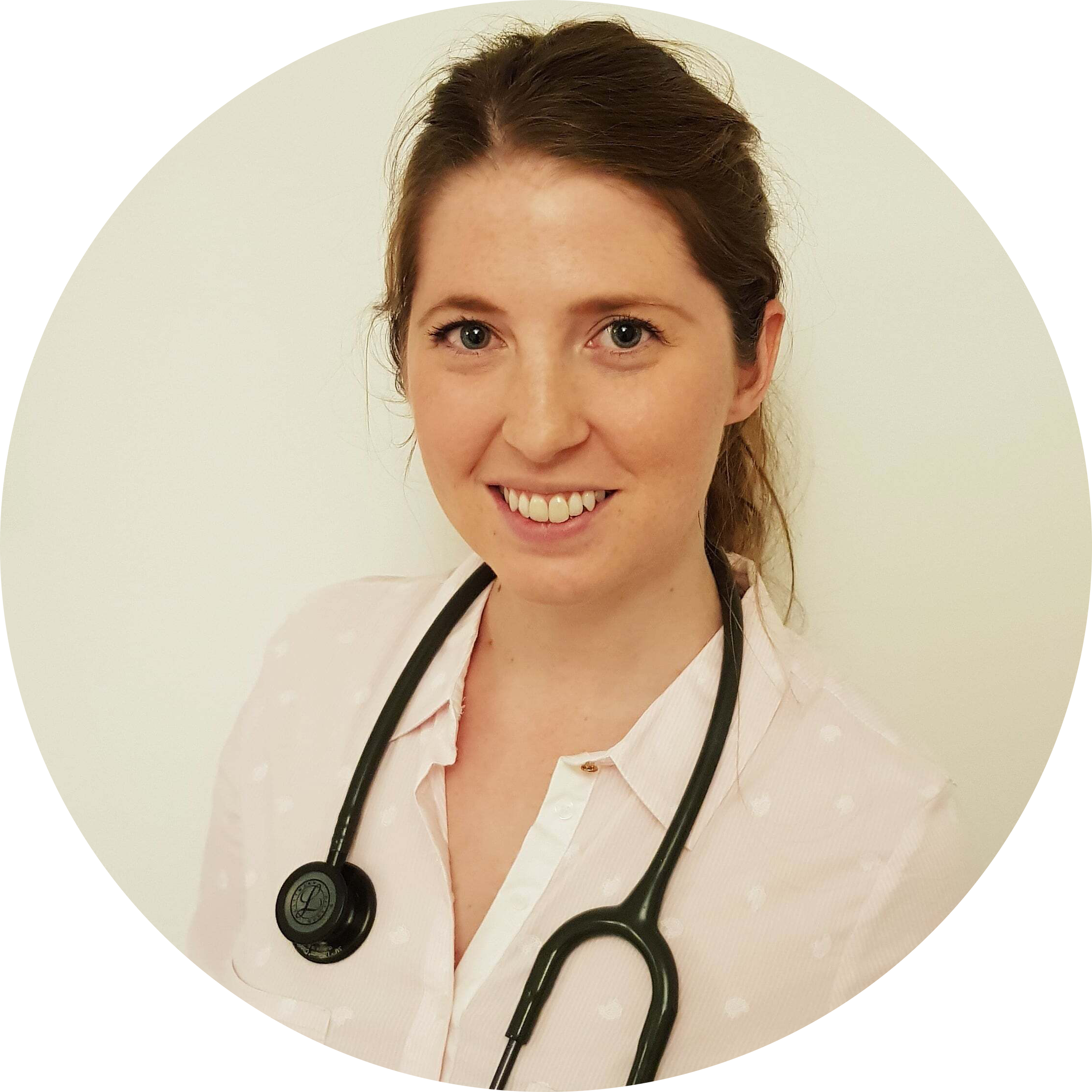Cerebral palsy
Reviewed by:
Dr Rhianna McClymont
, Lead GP at Livi
Read about how cerebral palsy develops during pregnancy, childbirth or soon after birth and how it affects muscle function and movement.

What is cerebral palsy?
Cerebral palsy is a broad name given to a group of conditions that affect muscle function and movement.
What are the types of cerebral palsy?
There are four main types of cerebral palsy:
Spastic cerebral palsy – This is the most common type of cerebral palsy. It affects the muscles, making them more stiff than usual and causing reduced, jerky movements
Dyskinetic cerebral palsy – This type of cerebral palsy causes involuntary, random movements and spasms as the muscles switch from being stiff to floppy
Ataxic cerebral palsy – A less common form of cerebral palsy that affects your balance and movement. It can make you unsteady when you walk or make movement clumsy
Mixed cerebral palsy – When you have symptoms from more than one type of cerebral palsy
What causes cerebral palsy?
Cerebral palsy is caused by a problem with brain development or damage to the brain while in the womb, during childbirth or shortly after birth.
A baby’s risk of developing cerebral palsy increases if:
They are born prematurely, before the 37th week of pregnancy, with the risk increasing if they are born at 32 weeks or earlier
They have a low birthweight
They are part of a twin, triplet or other multiple births
Their mother smoked, took drugs like cocaine, or drank alcohol heavily during pregnancy
What are the symptoms of cerebral palsy?
Signs first appear in babies, toddlers, and preschoolers and are often related to movement and coordination. These might include:
Not sitting, crawling, or walking by the recommended age, or not reaching other developmental milestones
Muscles being too stiff or too floppy
Weak arms or legs
Difficulty walking
Problems with balance and coordination
Preferring to use one side of the body over the other
Tremors or other random movements
Movements that are clumsy, jerky, or fidgety
Other symptoms may include:
Difficulty feeding and swallowing
Drooling
Speaking problems and communication delays
Learning difficulties
Seizures
Sleeping problems
Abnormal curvature of the spine (scoliosis)
Cerebral palsy affects children in different ways. Symptoms can range in their severity and affect different parts of the body, just one side of the body, or sometimes the entire body. As your child gets older, their symptoms can become more or less apparent.
How is cerebral palsy diagnosed?
If you’re concerned about your child’s movement or development, talk to the health visitor or doctor. Your child may be referred to specialists if health professionals notice any issues with their development, movement, or coordination at routine checks.
There are a range of tests that can help to diagnose cerebral palsy, but it can take months or years to be sure as some symptoms don’t develop until your child is a few years old.
The doctor will start by looking at your child’s medical history and asking about your pregnancy and birth. They will also do an assessment of your child’s learning abilities and range of movements.
Tests that doctors may recommend are:
Brain scans – Like a cranial ultrasound, an MRI scan, or a CT scan, to look for signs of cerebral palsy
Blood tests – These can help to detect other conditions that have similar symptoms to cerebral palsy
Other tests – Including an electroencephalogram (EEG) that monitors brain activity and an electromyogram (EMG) that uses tiny needles to test the function of your muscles and nerves
How is cerebral palsy treated?
There’s no cure for cerebral palsy, but there is a range of treatments that can reduce the symptoms and help children and adults with the condition live an active life.
Your child will be under the care of a multidisciplinary team, which might include doctors, nurses, physiotherapists, occupational therapists, and speech therapists.
The team will develop a care plan, depending on their symptoms and needs. They will review this as your child gets older and their needs change.
Different treatments might include:
Medication – Like painkillers, anti-seizure medicines and benzodiazepines to reduce muscle stiffness
Physiotherapy – Physical exercises to help improve movement and build muscle strength
Occupational therapy – Help with carrying out daily tasks, like washing and changing, and assistance with independent living for teenagers and young adults
Speech and language therapy – Exercises to improve speech or training to use different methods of communication, like sign language
Surgery – Sometimes surgery may be needed, for example, to correct a curvature of the spine (scoliosis) or repair a dislocated hip joint
What is the life expectancy and outlook for people with cerebral palsy?
Cerebral palsy is different for everyone, and life expectancy is affected by how severe the condition is. Your child’s care team will be able to offer more tailored advice on what the future might look like for them.
Most children with cerebral palsy live into adult life, and with support, they lead full, active lives. Many people live independently as adults, while some may need additional help.
It’s common for children with cerebral palsy to go to mainstream schools, but special education may be more appropriate if your child has learning difficulties.
The challenges of living with cerebral palsy can be stressful for children and their parents and carers. To find out about the additional help and support available to you, contact Scope, the UK charity for people with cerebral palsy.
- Reviewed by:
 Dr Rhianna McClymont, Lead GP at Livi
Dr Rhianna McClymont, Lead GP at Livi
